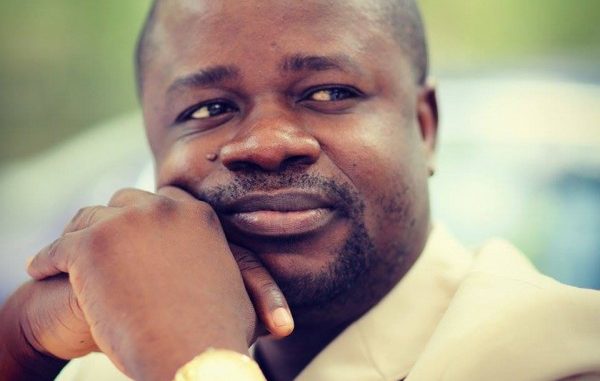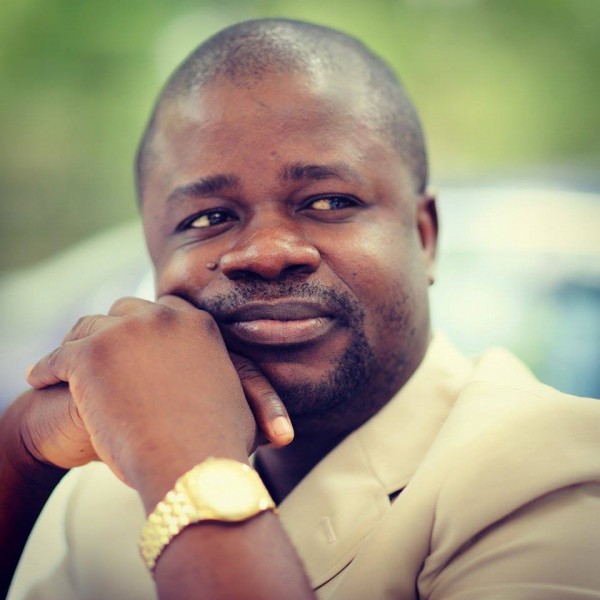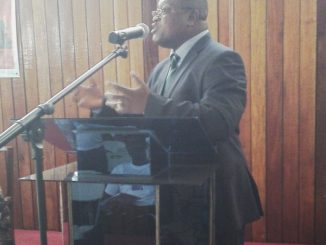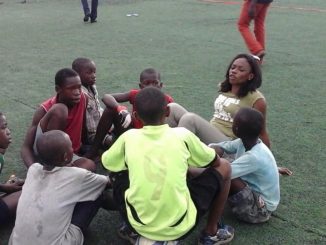
John Baimba Sesay-China
Imagine the figures! From the viewpoint of investment and economic cooperation, US$30 billion Chinese direct investment in Africa in 2014, with plans to scale up to US$100 billion by 2020. Trade volume alone by 2014 was over US$200 billion with plans to bump up such to US$400 BY 2020. In fact, foreign direct investment in African countries grew from $500 million in 2003 to almost $15 billion by 2012. The same year, President Hu Jintao pledged $20 billion in loans for infrastructure development. This was during the Fifth Ministerial Conference. By 2014 Premier Li Keqiang had offered an additional $12 billion in credit and funding to boost Africa’s economic development.
Remarkable! Although these figures are impressive, writes WAil Benjelloun “Chinese investment represents less than 10% of all foreign investment in Africa, however, with the bulk coming from Europe and the US. On the other hand, China has been Africa’s biggest trade partner since 2009. Bilateral trade has grown from $11 billion in 2000 to nearly $210 billion in 2015” and such investments come in as essential input to the continent’s growth.(China–Africa Co-operation: Capacity Building and Social Responsibility of Investments -August 2015)
China and Africa have been cooperating within the framework of FOCAC- Forum on China-Africa Cooperation. A development cooperation mechanism launched in 2000 in Beijing, FOCAC today serves as a tri-annual joint exchange of ideas and a platform for co-operation between China and Africa. It has, in the last fifteen years, led to a dynamic and expanding nature in terms of the relationship between Africa and China. Scholars believe, this development tool-FOCAC, has in many ways been an exemplary “form of South-South co-operation, demonstrating the strengths of utilising an incremental and practical approach to tackling development issues of mutual concern.”
FOCAC meetings are held at different levels ; i) Heads of State – FOCAC Summit- once every five years ; ii)Ministerial Conference-once in 3 years; iii)Chief Directors or Directors – Senior Officials Meeting (SOM)-twice in a year, amongst others. At such meetings, development cooperation frameworks are deliberated and a review of the development of ties between the two undertaken. South Africa hosts the Sixth FOCAC Ministerial Conference during the first week of December 2015 which will immediately usher in the 2015 Summit. China’s development cooperation with African countries has not been limited at the bilateral (country to country) level. In the last decade following the formation of FOCAC, cooperation between the two has also been done at the regional and sub regional levels.
At the sub regional level, the Mano River Union (MRU) of the West African region is a socio-economic union of four countries, Guinea, Ivory Coast, Liberia, and Sierra Leone. But for Ivory Coast, the MRU countries have had challenging moments since 2014 following the outbreaks of Ebola Virus Disease which eventually and as would be expected, affected their development trajectory. Sierra Leone, for instance was making tremendous progress in not just her economic growth, but same was the case with her growth in infrastructure.
In fact a 2011 ADB report on Infrastructure and Growth in Sierra Leone stated that government had considered agriculture as a “key sector to be revitalized in order to reduce poverty, the transformational objective being to encourage a paradigm shift from subsistence to commercial farming through Sierra Leone’s National Sustainable Agriculture Development Programme which constitutes its Compact for African Agricultural Development Program (CAADP) with African Union and ECOWAS” However all the progress the country had made was adversely affected by the Ebola outbreak.. But with an eventual end to it, the need now for the country to forge ahead with her development drive cannot be overemphasized. The need for a sub regional approach comes to mind.
Development cooperation within the structure of the sub region now puts the Mano River Union in a better position, more so the need to utilize those building blocks for development that the world’s second largest economy, China could provide. It is time to rethink our development strategy as a sub region. In rethinking development assistance and strategy, given the current changing global order, MRU Nations should also push for concrete sub regional projects as in the need for Economic Free Zones, in consonance with the growth triangle of the sub region especially in promoting the development of infrastructural facilities, creating regional mining corridor as well as promoting urbanization and intra-regional trade.
China is a major economic world power with industrial capacity to provide economic help to Africa and as such the need for greater economic cooperation between the two. A free zone along the Makona River (meeting point for Guinea, Sierra Leone and Liberia) can be of outstanding relevance if we are to push for sub regional integration. Cooperation with China in this direction is also key, not just for her economic growth and industrial capacity. The 2013-2015 FOCAC Beijing Action Plan committed the Chinese side to continue supporting “the development of overseas business cooperation zones established in Africa…”
The three countries cannot overemphasize the need to scale up efforts in ensuring a surge in our growth in infrastructure, human resource development and other economic and social development. Developing our public health systems and policies, improving surveillance, and prevention systems, as well as working towards strengthening prevention of disease could be timely.
Promoting an effective sub regional integration will not only enhance peace and security, but with the relatively rich endowment in natural and mineral resources which is a key development strategy of the three ebola hit nations, this will also help in accelerating the pace of urbanization, manufacturing and commercialization which eventually should create an avenue for sustainable growth and development. The MRU, with support from the regional block-ECOWAS can utilize the FOCAC meeting in advocating for a sub regional project like opening up the growth triangle along the Makona River Basin through an Economic Free Zone.




